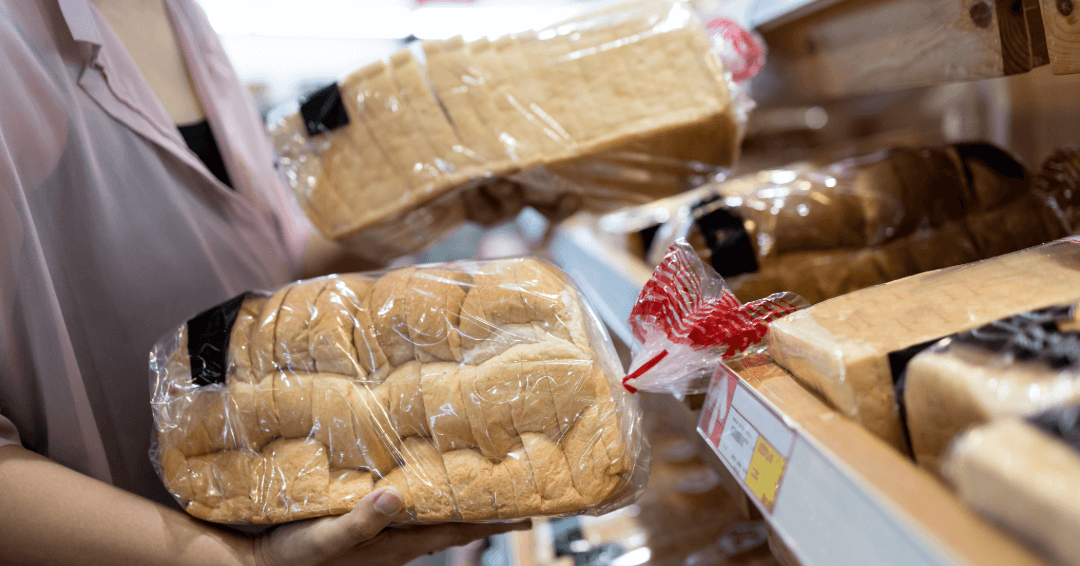Chorleywood: The Bread That Changed Britain – For Better or Worse?
Posted by Emma on 29th Apr 2024 Reading Time:
Over the last fifty years, a British innovation has made its way around the globe - from Australia to South America and even the supermarket shelves of France. Known as the Chorleywood Bread Process (CBP), this method has revolutionised how we consume bread. But the question remains: Is this ubiquitous, plastic-wrapped, long-life loaf a marvel of modern engineering or a step back from traditional baking?

Introduced in 1961 by the British Baking Industries Research Association in Chorleywood, this process now accounts for over 80% of all loaves produced in Britain. Even those crusty bread baked fresh at your local supermarket are likely products of the CBP. The technique itself is fascinating: by using high-speed mixing and a variety of additives like hard fats, extra yeast, and chemicals (not always harmful), bread production times are significantly reduced. This method not only accommodates lower-protein British wheat but also lowers costs. The result is a softer loaf with uniform slices with an extended shelf life.
Proponents like Gordon Polson of the British Federation of Bakers praise the CBP for its innovation and impact on affordability. "It is a process we invented, and we should be very proud of it. UK bread is around the cheapest in the world," he claims. Bread scientist Stan Cauvain, a veteran of the original CBP team, asserts, "The inventors knew they were onto something special that would have far-reaching consequences."
Yet, this process is not without its detractors. Critics from the artisan bread movement, including Paul Barker, a former industrial baker and now owner of Cinnamon Square, argue that Chorleywood bread lacks the authenticity and taste of bread made through traditional methods.
"Modern bread doesn't taste of bread," says Barker. "If it's not allowed to rise and prove naturally, then it doesn't develop the proper taste." He points out that the rapid production cycle does not allow flavours and textures to develop as they would during traditional slow fermentation. There's also concern over the health implications. The Chorleywood loaf contains twice the yeast and additional enzymes and oxidants of traditional loaves, potentially contributing to digestive issues.
Despite these concerns, the CBP's success among consumers is undeniable. It has even penetrated markets traditionally resistant to non-traditional methods, like France, where some bakeries use it to make non-baguette bread. Globally, the process is used in more than 30 countries, underscoring its widespread acceptance.

Technically, the CBP is a marvel of engineering, optimising dough's chemical and physical properties through controlled energy inputs and mixing speeds. This process, described as "no-time dough making," develops dough in two to five minutes of mixing. It includes using ascorbic acid (Vitamin C) as an oxidising agent. It sometimes involves the application of vacuum or pressure to regulate the dough's atmosphere during mixing, enhancing its structure and texture.
So, is the Chorleywood Bread Process a blessing or a curse? It depends on perspective. It has made bread more accessible and affordable, supporting UK agriculture and reducing food waste. However, it has also contributed to the decline of small bakeries and raised concerns about nutritional and health impacts. As we continue to weigh its pros and cons, the CBP's legacy as a groundbreaking yet controversial innovation in bread-making remains a hot topic for debate.

